
More hospitals but lower ratio of doctors and nurses per 10,000 people
According to experts, when merging 3 localities (HCMC, Binh Duong and Ba Ria - Vung Tau), the area of HCMC will increase from 2,095 km2 to 6,772 km2 and the population will increase from 9.9 million people to more than 13.7 million people. At that time, the demand for medical services will certainly increase very high in both demand and scope of supply, while medical resources will increase but certainly in the first stage will not be commensurate with the increase in demand and scope.
Specifically: The number of hospitals in the city will increase from 134 to 164 hospitals (Binh Duong: 27 hospitals, Ba Ria - Vung Tau: 13 hospitals), the number of hospital beds will increase from 41,525 to 49,147 (Binh Duong: 5,202 beds, Ba Ria - Vung Tau: 2,420 beds), the ratio of hospital beds per 10,000 people will decrease from 41.7 to 31.3 (the current target is 42 hospital beds per 10,000 people); the number of doctors will increase from 20,727 to 24,629, the ratio of doctors per 10,000 people will decrease from 20.8 to 13.08 (the current target is 21 doctors per 10,000 people); The ratio of nurses per 10,000 people will decrease from 37 nurses per 10,000 people to 29 nurses per 10,000 people (the current target is 39 nurses per 10,000 people). In addition, the total number of public services of the city's health sector will increase from an average of more than 20,000 records per year to over 30,000 records per year.
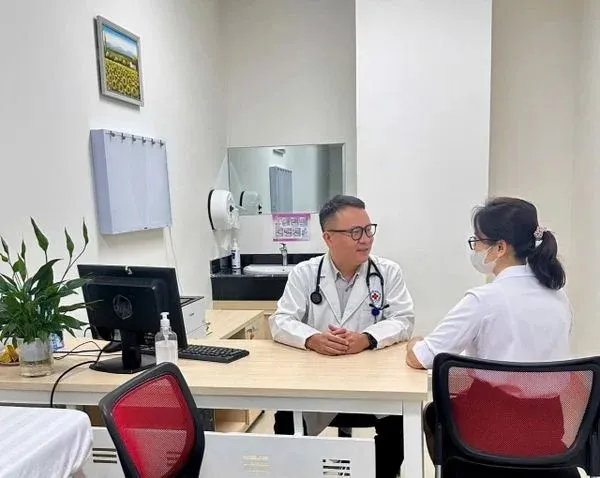
Risk of overload at end-line hospitals
In addition, the number of medical examinations and treatments is forecasted to increase at general and specialized hospitals in Ho Chi Minh City after the merger. It is forecasted that the number of medical examinations will increase from over 42 million/year to over 51 million/year, and the number of inpatient treatments will increase from over 2.2 million/year to over 3.8 million/year. Thus, if compared nationwide, the Ho Chi Minh City health system will provide about more than 30% of outpatient examinations and more than 23% of inpatient treatments nationwide.
The risk of overloading the final hospitals of Ho Chi Minh City is quite clear if the health sector does not proactively find immediate and long-term solutions. This is a huge challenge, but also a great opportunity for the health sector to proactively research and expand more service facilities according to the model of facilities 2 and 3 of leading general and specialized hospitals in the new areas of Ba Ria - Vung Tau and Binh Duong provinces, both meeting the needs of medical examination and treatment of the people and being an opportunity to promote the development of medical tourism in the city.
At the same time, the health sector needs to advise on supplementing the health system development plan such as developing the 4th and 5th specialized health clusters (in Binh Duong and Ba Ria - Vung Tau provinces) and urgently research, evaluate and readjust the indicators of the number of beds per 10,000 people; the number of doctors and nurses per 10,000 people to suit the new situation.
Find solutions for public investment project management
According to the Ho Chi Minh City Department of Health, the total number of public investment projects for the Ho Chi Minh City health sector in the 2021-2025 period will increase from VND 48,549 billion to VND 52,424 billion (Ho Chi Minh City: 115 projects, Binh Duong: 31 projects, Ba Ria - Vung Tau: 8 projects); In the medium-term period of 2026-2030, the total investment for the city's health sector will increase from VND 58,638 billion to VND 65,134 billion (Ho Chi Minh City: 82 projects, Binh Duong: 14 projects, Ba Ria - Vung Tau: 2 projects), in addition, the city's health sector also has 6 projects calling for investment under the public-private partnership (PPP) method with a total expected capital of over VND 10,000 billion.
In reality, many hospital construction projects have been very effective, but there are still projects that are slow to be put into use due to various reasons. The delegates all agreed to recommend that the city's leaders should soon have fundamental solutions to help the health sector manage public investment projects well, especially when merging the 3 Departments of Health.
Source: https://www.sggp.org.vn/tphcm-du-bao-quy-mo-cung-ung-dich-vu-y-te-tang-cao-sau-khi-hop-nhat-post796148.html


![[Photo] Prime Minister Pham Minh Chinh receives the President of Asia-Pacific region of PowerChina Group](https://vphoto.vietnam.vn/thumb/1200x675/vietnam/resource/IMAGE/2025/5/21/0f4f3c2f997b4fdaa44b60aaac103d91)
![[Photo] Coming to Son La, let's "show off" with the Wallflowers](https://vphoto.vietnam.vn/thumb/1200x675/vietnam/resource/IMAGE/2025/5/21/627a654c41fc4e1a95f3e1c353d0426d)
![[Photo] Prime Minister Pham Minh Chinh receives Rabbi Yoav Ben Tzur, Israeli Minister of Labor](https://vphoto.vietnam.vn/thumb/1200x675/vietnam/resource/IMAGE/2025/5/21/511bf6664512413ca5a275cbf3fb2f65)


![[Photo] Scientific workshop "Building a socialist model associated with socialist people in Hai Phong city in the period of 2025-2030 and the following years"](https://vphoto.vietnam.vn/thumb/1200x675/vietnam/resource/IMAGE/2025/5/21/5098e06c813243b1bf5670f9dc20ad0a)

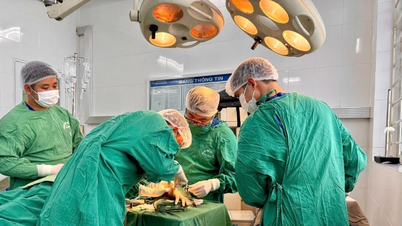















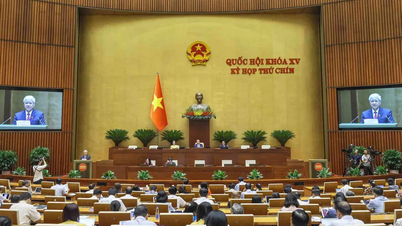









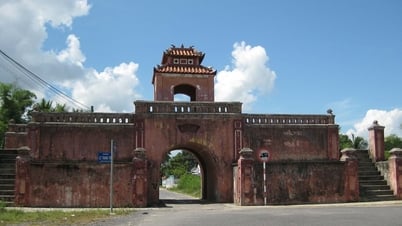





















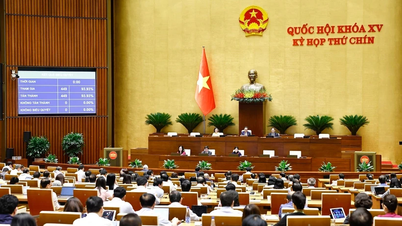
















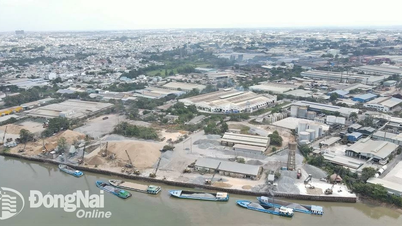













Comment (0)